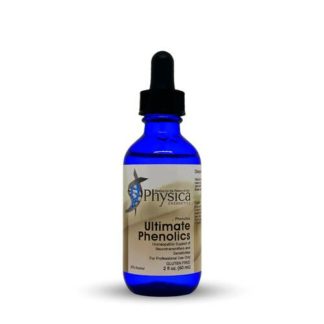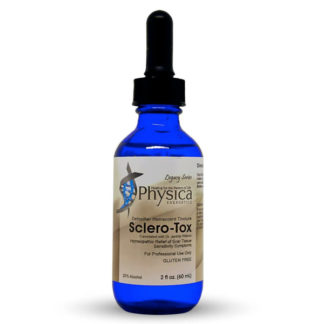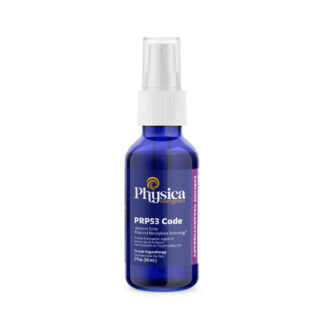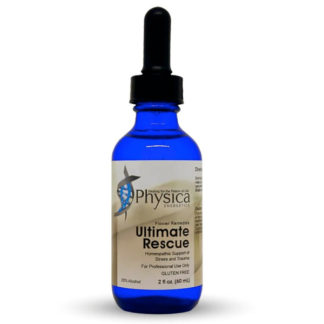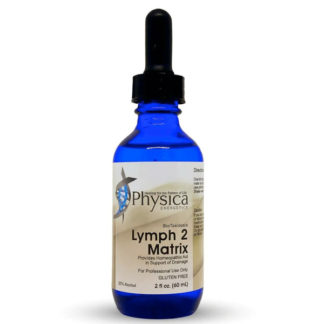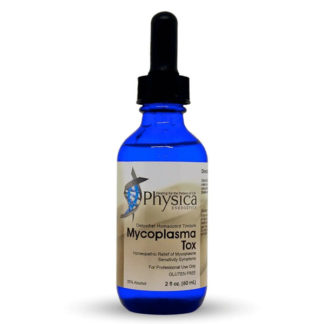Description
Mycoplasma-Tox is a unique homeopathic remedy that was specifically designed to assist with multiple mycoplasma detoxification.
Mycoplasmas are among the smallest cells known, with diameters of between 0.1 and 1.0 micrometers. These are perhaps the smallest organisms with enough DNA to program metabolism and enough enzymes and other cellular equipment to carry out the activities necessary for a cell to sustain itself and reproduce. Most bacteria are 1 to 10 micrometers in diameter, about ten times larger than mycoplasmas. One of the primary differences between mycoplasmas and bacteria is the absence of a cell wall. Mycoplasmas lack the rigid cell wall of most bacteria; instead they possess fluid lipid (water-insoluble fats) outer surfaces and, like tiny jellyfish, they can squeeze, bend, and move into tight spaces. Their ability to take on many different shapes, makes them difficult to identify, even under a high powered electron microscope.
Mycoplasmas are frequently referred to as being “somewhere between a bacteria and a virus”. They exhibit certain viral and bacterial behaviour. However, they can grow in tissue fluids (blood, joint, heart, chest, spinal fluid, etc.) and can grow inside any living tissue without killing the cells, as most bacteria and viruses will do. When this stealth pathogen hitches a ride to other parts of the body, via the transit mechanisms set up through congested and faulty cellular communication pathways, it “shapes” itself according to the environment with which it seeks to blend, i.e. skin, blood, joints, central nervous system, liver, pancreas, cardio-vascular, etc. Mycoplasmas are well equipped to play biological sleight-of-hand, appearing then disappearing, changing shape, shuffling their surface components, ducking into cells, then parading as normal citizens of the human flora dressed in clothes stolen from the cells they invaded. They are elusive because they are pleomorphic (structurally changing). Mycoplasmas disrupt the normal orchestration and organization of the host’s immune system. They can cause lymphocytes (white blood cells that bear the major responsibility of the immune system) to secrete inflammatory cytokines, leading to swelling, inflammation and either stimulation or suppression of the immune system.
Pathogenic mycoplasmas leaving an infected cell can incorporate much of the host’s cell surface material into their own surface structure, thus instigating an autoimmune response in which the immune system starts attacking the host’s own cells. This process that can result in severe tissue damage and pain. Mycoplasmas evade the immune system by hiding inside host cells or fusing with the cellular membrane of the host cells. Certain pathogenic mycoplasmas can also invade lymphocytes and disrupt their functioning without provoking an immune response. Using “molecular mimicry,” mycoplasmas may even closely resemble host structures to fool the immune system into thinking that they are normal host cells (rigid signals).
Mycoplasma-Tox Ingredients:
Anthracinum 30X, 60X, 100X, arsenicum album 30X, ATP 6X, 9X, 6CH, brucella abortus 30X, 60X, 100X, mesenchyme 6X, 9X, 6CH, mycobacterium avium-intracellulare 30X, 60X, 100X, mycobacterium fortuitum 30X, 60X, 100X, mycobacterium paratuberculosis 30X, 60X, 100X, mycoplasma fermentans 30X, 60X, 100X, mycoplasma genitalium 30X, 60X, 100X, mycoplasma hominis 30X, 60X, 100X, mycoplasma penetrans 30X, 60X, 100X, mycoplasma pneumonia 30X, 60X, 100X, mycoplasma salivarium 30X, 60X, 100X, mycoplasma urealyticum 30X, 60X, 100X, nux vomica 100X, sulphur 100X, sulphuricum acidum 30X.

